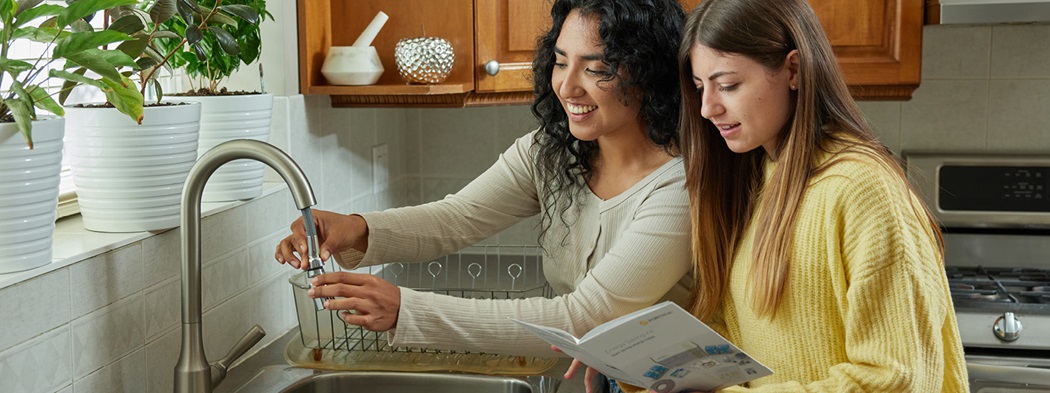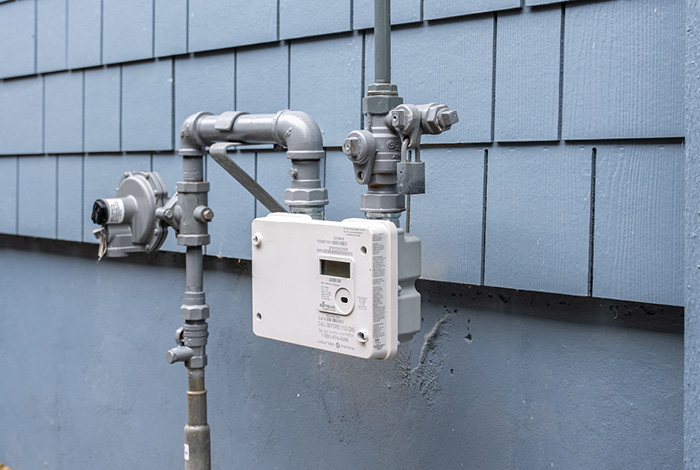These 5 budget friendly DIYs will help save energy all year long
November 5, 2024
Did you know that by making a few easy changes you can lower your energy use and save money on your utility bills? It’s relatively simple and inexpensive to be mindful of how you use energy (and thus spend money) in your space. If you want to lower your energy use—and your energy bills—here are five simple ways to help you do it.
1. Don’t sweat heating season
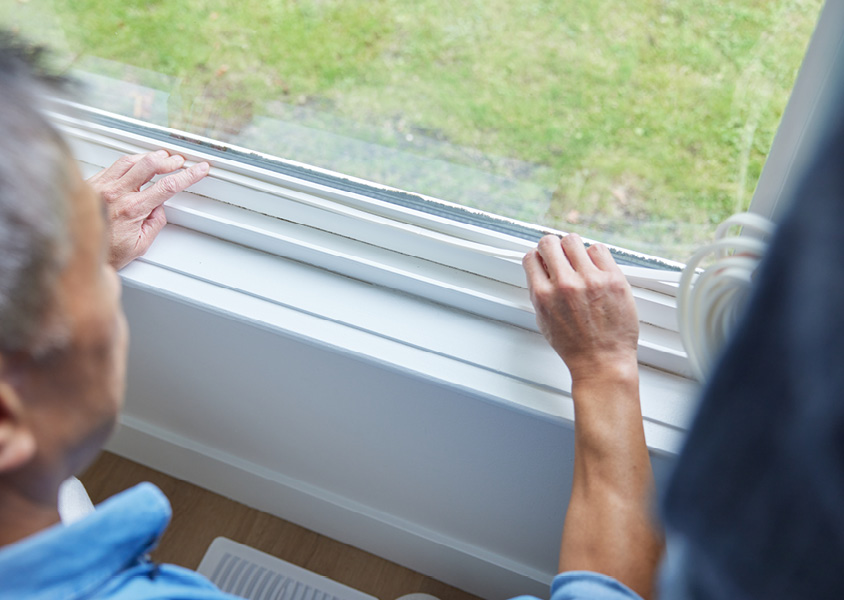
Did you know that more than 50 per cent of the total amount of energy used in a home goes toward space heating1? With a few low-cost upgrades and new simple habits you could really save on your heating costs. One way to improve your space’s energy efficiency is with weatherstripping. Seal out the drafts, and you waste that much less energy to leaks and drafts. Our free Energy Savings Kit, for those who qualify, includes it.
Even once you’ve applied the draftproofing, you may want to be mindful of your furnace usage. Once the room is hot enough, turn off space heating equipment and turn up the cosiness—stay warm with blankets, slippers or sweaters instead.
2. Make cooling season a breeze
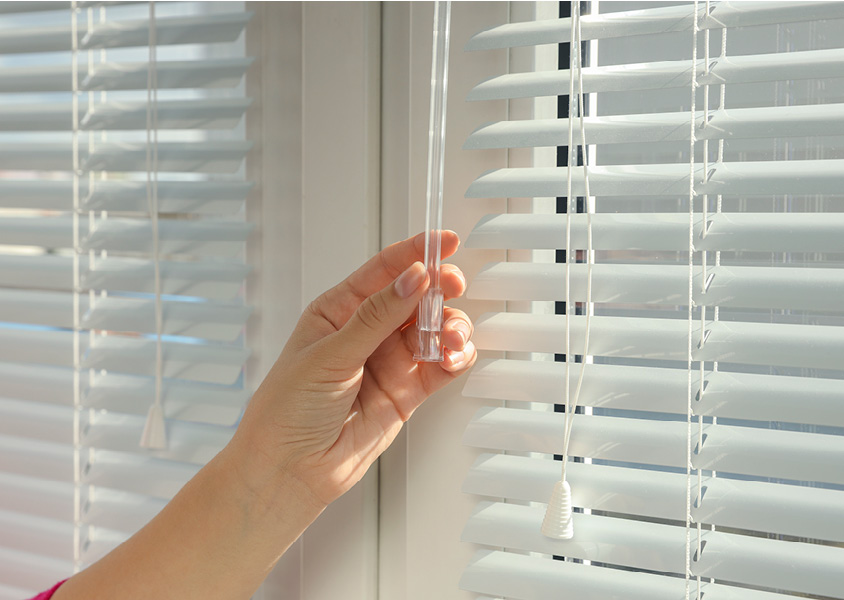
There are no- and low-cost ways to save energy when the calendar flips from cosy season to cooling season. During the hotter months, the recommended temperature is between 25 and 27 °C; think cool, not frosty. To do that, keep windows, curtains and blinds closed during the day to prevent the hot sun from heating up your house. Once the sun goes down, open them again to let in the cooler evening air.
Use fans to only cool rooms that you are actively using. If you absolutely must use air conditioning, make sure windows and doors to rooms you’re not using stay closed. If you have a ceiling fan, you can also set that to summer mode (counter-clockwise as you look up at it) to move the air downward to create a windchill effect.
3. Shower yourself with savings
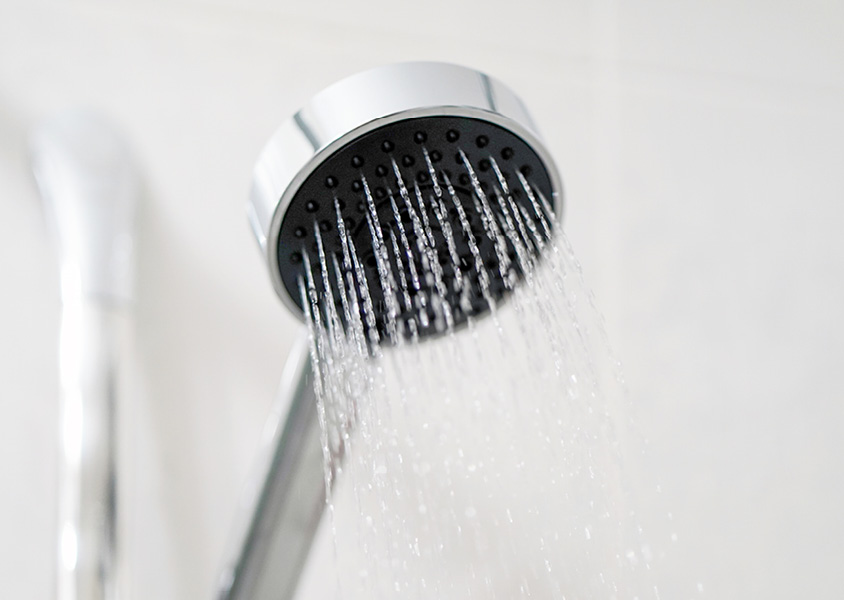
On average, about 26 per cent of a home’s total energy use goes towards heating water.2 Being efficient with your water use—both hot and cold—will not only help you save on water heating costs, but also help conserve water overall. If you qualify for our Free Energy Saving Kit, you’ll receive a water-efficient showerhead. You can watch our how-to video for tips on DIY install.
Reducing your shower time by one to three minutes a day is one of the easiest ways to save water heating energy. Canadian showerheads are rated for efficiency in Litres per minute, and the federal government is currently considering setting a maximum water flow rate of 6.8 L/min—you’ll be ahead of the curve if you upgrade now.3 Replacing standard showerheads with a 6.5L/min model could save a family of four about $39 a year in water heating costs.4 Save even more if you’re replacing an older 17 to 20 litre-per-minute showerhead.
4. Leaky faucet? No need to toss it
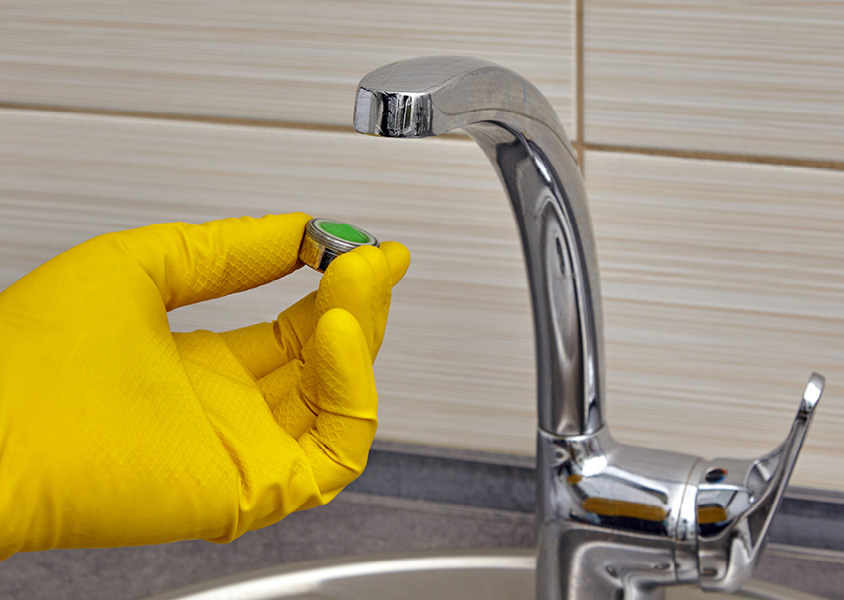
Saving energy and money by being mindful of water usage doesn’t just stop at your shower. Be sure to fix any leaky faucets in your home: a drip can usually be repaired by replacing the washer.
Kitchen and bathroom faucet aerators are also in the free Energy Saving Kit for qualifying customers. If your faucets aren’t already water-efficient, you can install faucet aerators on existing taps to help save water and energy, without any noticeable difference in flow. Ready to install? Check out our how-to video.
5. Light up your space, lighten the load on your wallet
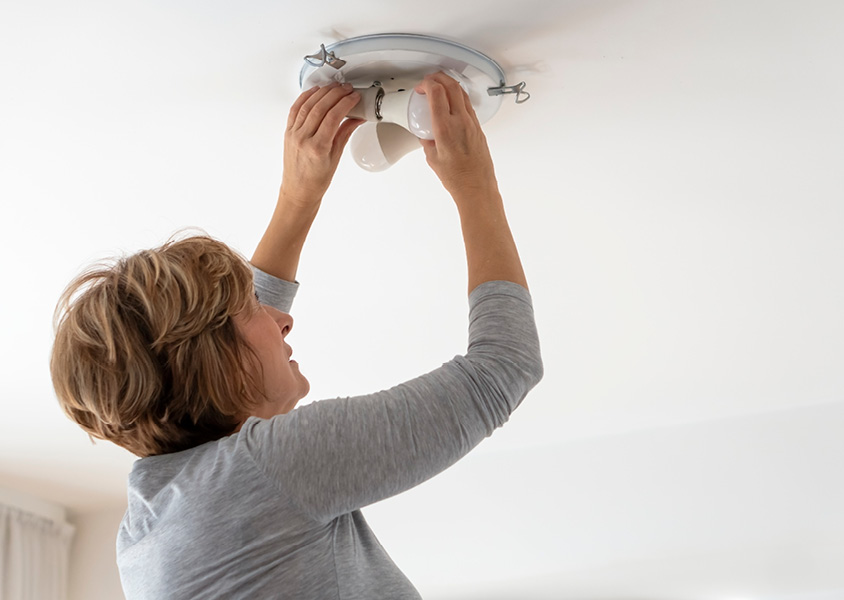
Our free Energy Savings Kit offers an LED night light and four LED light bulbs to those who qualify. Lighting accounts for over four per cent of a home’s total energy use.5 So, replacing older incandescent and halogen bulbs with energy-efficient LED lighting can be a tool in your energy use toolkit. You can also take some simple actions to both save energy and save money.
Make the most of natural light as even a small amount of daylight can provide enough light for an entire room. Turn off the lights when not in use and, while you’re at it, keeping light bulbs clean of dust can help maximize their output. You can also direct light where it’s needed in work areas such as your desk, workshop or kitchen by using reading lamps, track lighting and under-cabinet lights to reduce the need for background lighting.
We’re here to help
If you want additional support on your journey to save energy, we offer free home energy evaluations and upgrades to eligible customers through the Energy Conservation Assistance Program. You’ll work with an energy coach who will review your home’s energy use, show you some simple ways to improve its energy efficiency and identify potential upgrades to be installed. For more information, residential FortisBC electricity and municipal electricity customers can call 1-855-909-2331 or email [email protected].
1Source: National Resources Canada, Office of Energy Efficiency, Comprehensive Energy Use Database, Residential Sector, British Columbia, Table 2, Secondary Energy Use Shares, 2020.
2Source: National Resources Canada, Office of Energy Efficiency, Comprehensive Energy Use Database, Residential Sector, British Columbia, Table 2, Secondary Energy Use Shares, 2020.
3Source: Natural Resources Canada, Office of Energy Efficiency, Energy Efficiency Regulations, Showerheads, 2022.
4By switching from a standard 9.5 litre per minute (LPM) showerhead to a water-efficient 6.5 LPM model, a family of four with a standard efficiency natural gas water heater, each taking a daily five-minute shower, can save 15,330 litres of hot water and about 4.7 gigajoules of natural gas per year. Dollar savings is based on November 2018 FortisBC natural gas residential rate of $8.34 per gigajoule, including carbon tax. Cost does not include basic charge or other applicable taxes.
5Source: National Resources Canada, Office of Energy Efficiency, Comprehensive Energy Use Database, Residential Sector, British Columbia, Table 2, Secondary Energy Use Shares, 2020.
